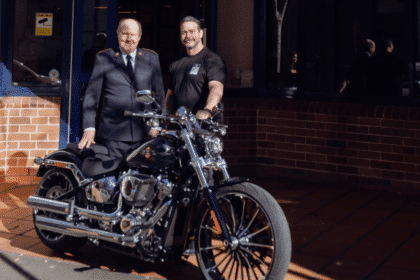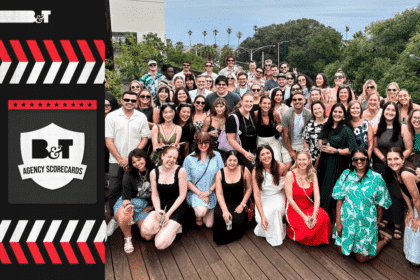In this opinion piece OMD’s Head of Fuse and Word Melbourne, Anjana Mani, looks at our misplaced obsession with making content go viral, and why that doesn’t always guarantee consumer engagement and sales results.
Have you noticed how BuzzFeed, Pedestrian, Vice and many other top publishers manage to make their content appear to go “viral”? Have you also noticed how previously cool, calm and collected marketers are gripped by an undying lust for virality?
Just two hours ago I had someone ask me how we would ensure a campaign for an FMCG product re-launch was going to have a viral outcome. Not only did they want something that has no real news value to go viral, but they wanted it to go viral with all of the key brand messages attached.
When probed into why they wanted this to go viral, they responded with, “to drive sales, of course”. To which I responded with the following:
Going ‘viral’ is not an insurance policy to deliver your key messages and sales targets.
Giving your audience what they want on the other hand, will.
Let’s instead look at an optimised amplification plan, that puts all of the focus on the headlines and images that make a solid first impression on your audience.
This is about controlling the way we are presenting our content, with the headline and images delivering the all-important click through.
By creating alternative headlines and thumbnails for every piece of content and then pushing these out, we can get a sense of what people expect to hear from us and what language will drive the best result. This then delivers the amplification result and a suite of content learnings for the next piece of content that we push out.
According to an article on Upworthy, a good headline can be the difference between 1,000 and 1,000,000 people engaging with your content, and optimising images can do wonders for SEO.
So, not only will optimising and A/B testing drive results for this particular piece of content, clever marketers can take what they have learned and use it to guide all future content that they push out across multi-channels. This makes perfect sense, for us and for our clients.
The media we consume is increasingly fragmented and the way we consume this media is growing in complexity each day. I can’t tell you what I am going to find interesting in five minutes, let alone when your next campaign goes live in three months.
So, here is your challenge to consider an optimised amplification strategy and try to catch me if you can. It is important for all you marketers out there to think about the headlines and images that caught your attention today, what made you click and what didn’t, and how one simple click is being increasingly watched and more importantly listened to.
Noticing your reactions to online content will impact the way you create content for you consumers.








